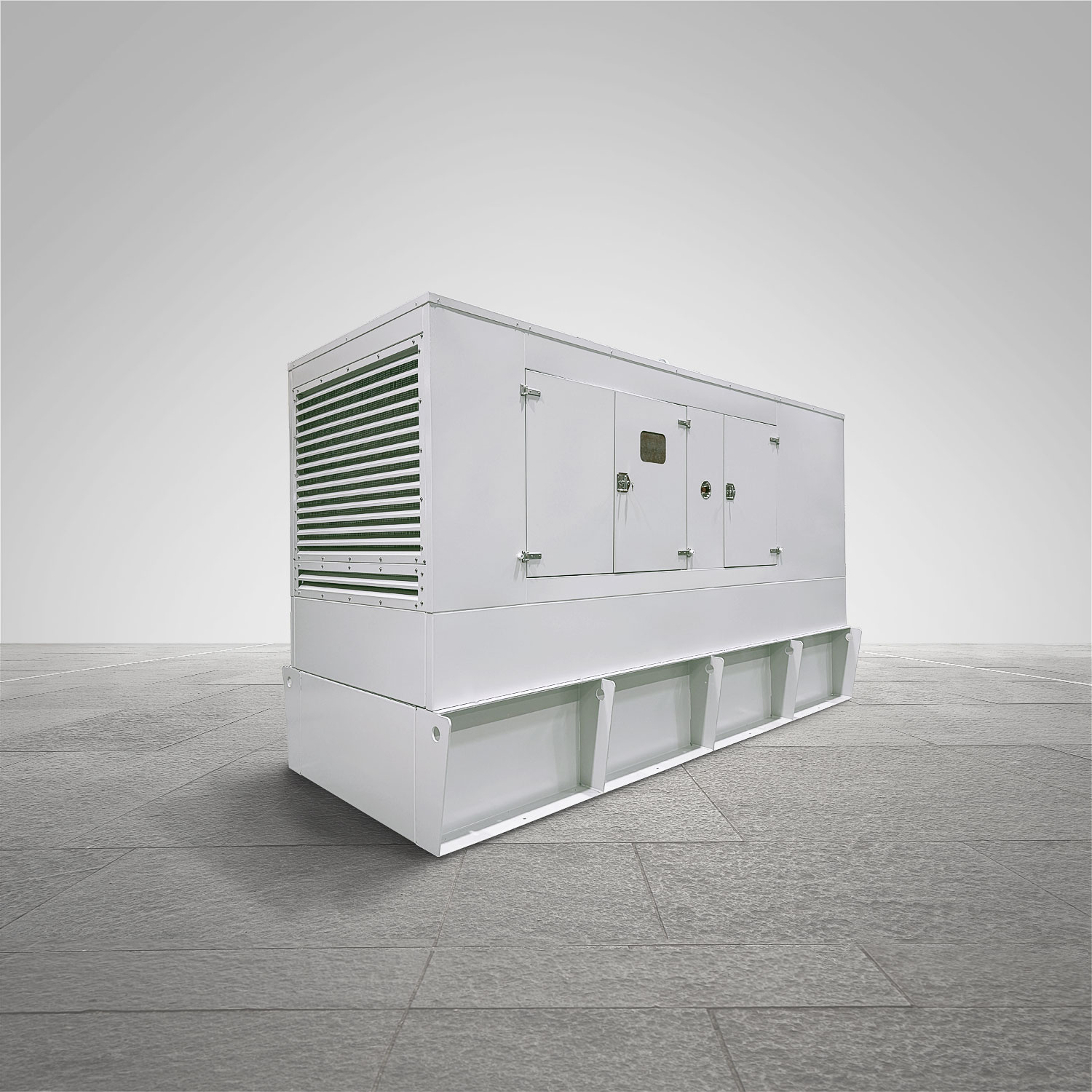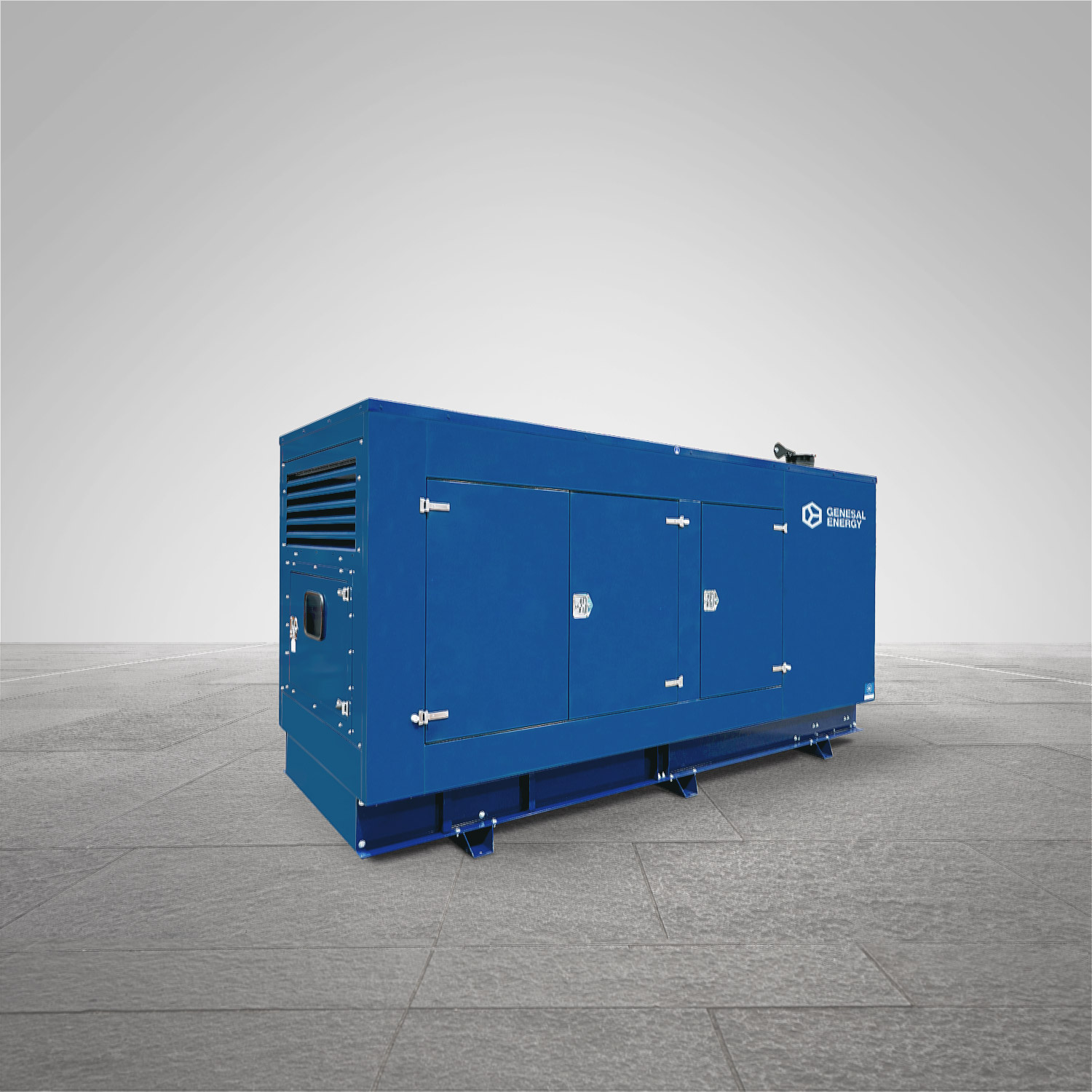How to Calculate the kVA Required for a Generator

Choosing the right generator involves much more than just looking at the brand or the price. One of the most important aspects is knowing how to calculate the kVA of a generator to ensure it will meet all your energy needs without oversizing the unit or compromising its performance.
At Genesal Energy, we specialise in the correct dimensioning of generator sets and in designing tailor-made solutions for each client.
This value represents the generator’s power, expressed in kilovolt-amperes (kVA). In this article, we explain step by step how to carry out the calculation, which factors to consider, and how to apply a safety margin.
Key Factors to Determine a Generator’s Power
Before going into formulas, it is essential to understand the elements that directly influence the kVA calculation for a generator. The main ones include:
- Type of electrical consumption: it is not the same to power office equipment as industrial machinery.
- Intended use: whether the generator will serve as the main power source or as backup.
- Number and type of electrical devices connected: each appliance has different power requirements.
- Starting conditions: some equipment requires start-up peaks much higher than their constant consumption.
- Load sequence: in certain facilities, it may be advisable to prioritise loads by connecting them in stages.
By analysing these factors, you can calculate the power of a generator with greater accuracy.
Difference Between kVA and kW in a Generator
A common mistake when calculating the power of a generator is confusing kVA (kilovolt-amperes) with kW (kilowatts).
- kVA expresses the apparent power of the generator.
- kW indicates the actual power consumed by the connected electrical devices.
The relationship between these values is defined by the power factor (cos φ). In most installations, it is common to use a factor of 0.8, meaning that a 100 kVA generator can deliver around 80 kW of useful power.
It is also important to note that apparent powers cannot simply be added together, as each load may operate with a different power factor. Instead, the real powers in kW must be added first and then converted into kVA.
This distinction is typical of alternating current circuits. In direct current, the power factor is 1, and the real and apparent powers coincide.

How to Calculate Power Based on Electrical Consumption
To calculate generator kVA, the starting point is the total power of all the electrical devices to be connected. This information can be found on each device’s nameplate or in its manual.
The basic procedure is:
- 1. Add up the power ratings in kW of all the equipment.
- 2. Apply usage or simultaneity factors, if necessary, to reflect a realistic scenario.
- 3. Convert to kVA using the formula: kVA = kW / power factor
- 4. Round up to the next value to ensure the generator does not operate at 100% of its capacity.
In this way, you can calculate the required generator kVA reliably and safely.
The Importance of Power Factor in kVA Calculation
The power factor is essential to convert kW into kVA. As mentioned, the usual reference value is 0.8, but it may vary depending on the type of load:
- With electric motors, the power factor may be lower.
- With modern electronic devices, it may approach 1.
Failing to account for this can lead to errors in sizing and selecting an undersized generator. It is always advisable to confirm this value with a specialist before choosing the equipment.

Considerations on Start-Up Peaks and Constant Power
Many electrical devices, particularly motors, pumps, and HVAC systems, generate start-up peaks when switched on. These peaks can be two to three times higher than their rated power.
For example, a motor with a rated power of 35 kW may require more than 70 kVA at start-up.
There are two common ways to compensate for these peaks:
- Oversizing the generator’s alternator.
- Incorporating frequency converters or other auxiliary equipment to soften the initial demand.
How to Apply a Safety Margin When Choosing a Generator
Once the required kVA has been calculated, it is advisable to apply a safety margin. This prevents the generator from always working at its limit, extends its service life, and reduces fuel consumption.
One of the most important aspects is knowing how to calculate the kVA of a generator to ensure it will meet all your energy needs.
In general, a margin of 20–25% above the initial calculation is recommended. For example, if the result is 100 kVA, the most appropriate choice would be a 120–125 kVA generator.
Practical Example of kVA Calculation for Different Loads
Let’s suppose a facility requires a generator with the following loads:
- Lighting and office equipment: 15 kW
- Air conditioning: 20 kW
- Electric motors: 30 kW
- 1. Sum of real power: P=15+20+30=65 kW
- 2. Apply the power factor (0.8): S=P/cosϕ=65/0,8=81,25 kVA
- 3. Consider start-up peaks: this value may rise to around 100 kVA.
- 4. Apply a safety margin (+25%): 100×1,25=125 kVA
In this case, the correct option would be a 125 kVA generator, ensuring it can cover both constant power and start-up peaks without compromising performance.

Conclusion
Understanding how to calculate the kVA of a generator is essential to choose the right equipment and avoid supply issues. Remember:
- Differentiate between kW and kVA.
- Always consider the power factor.
- Account for start-up peaks, not just constant power.
- Always apply a safety margin.
Correct sizing guarantees that the generator’s power matches the real needs of the installation, optimising performance and ensuring reliability.
Understanding how to calculate the kVA of a generator is essential to choose the right equipment and avoid supply issues.
At Genesal Energy, we specialise in the correct dimensioning of generator sets and in designing tailor-made solutions for each client. If you need advice on how to calculate kVA for purchasing a generator, our technical team can help you find the best option.











